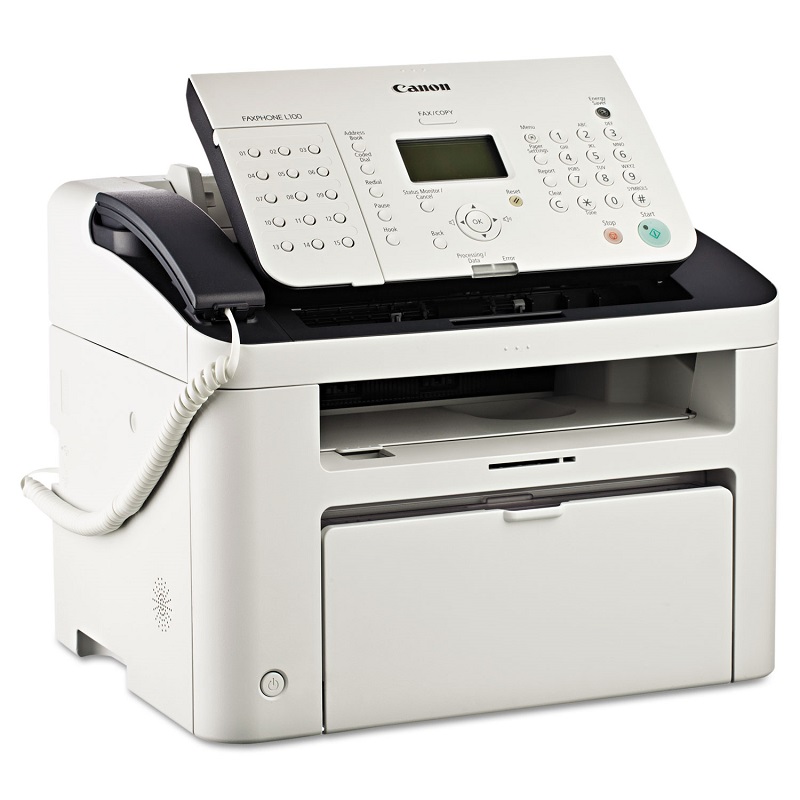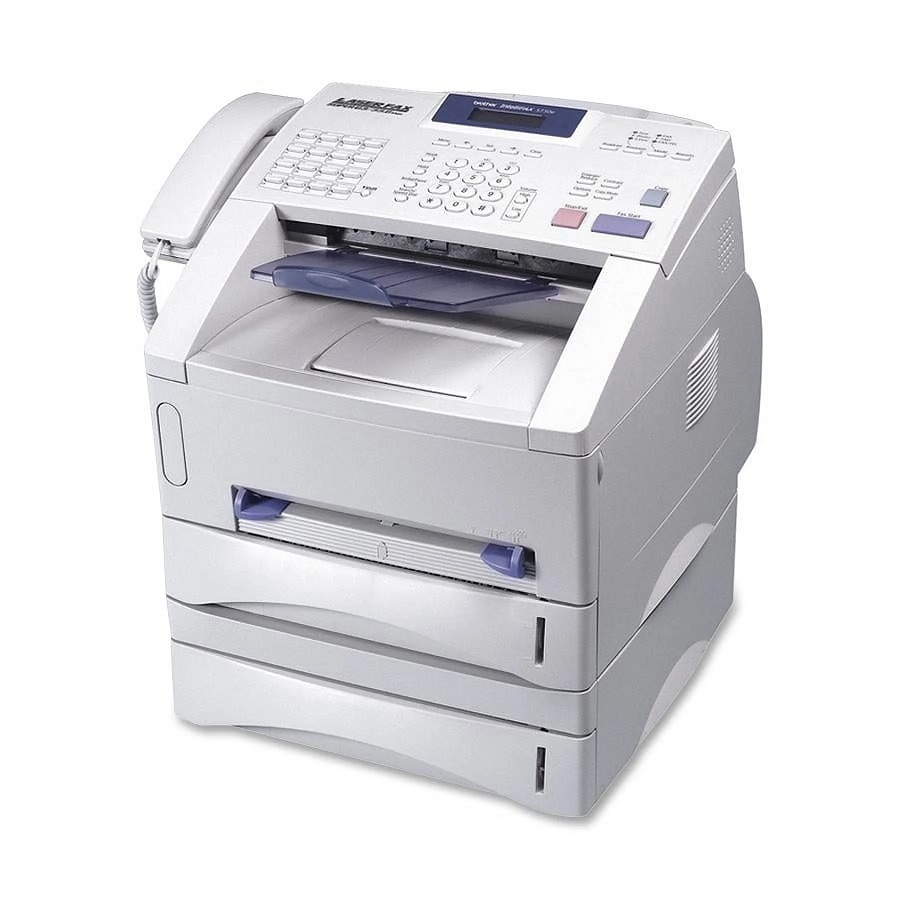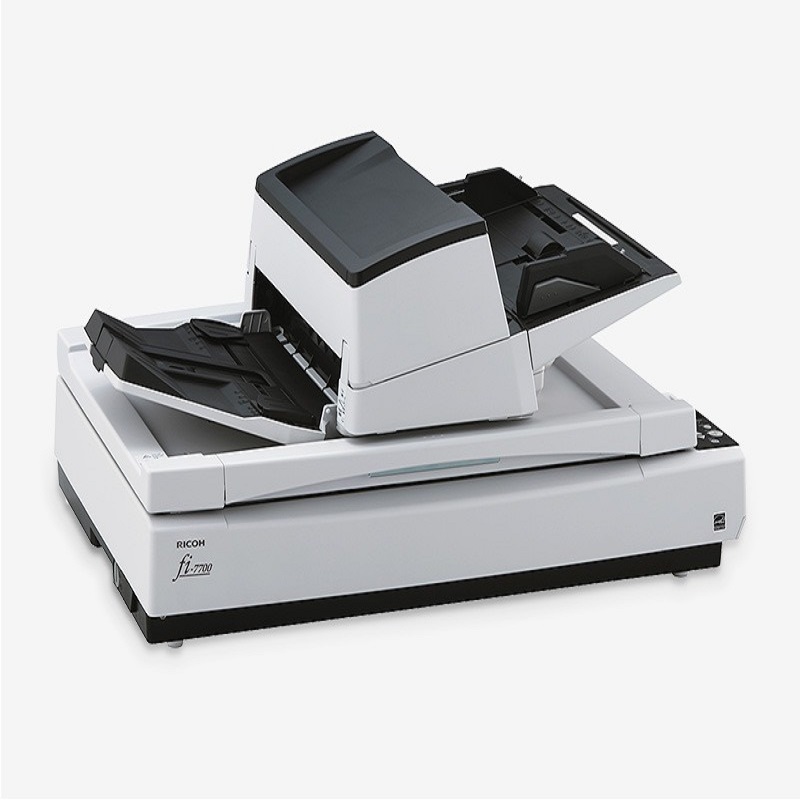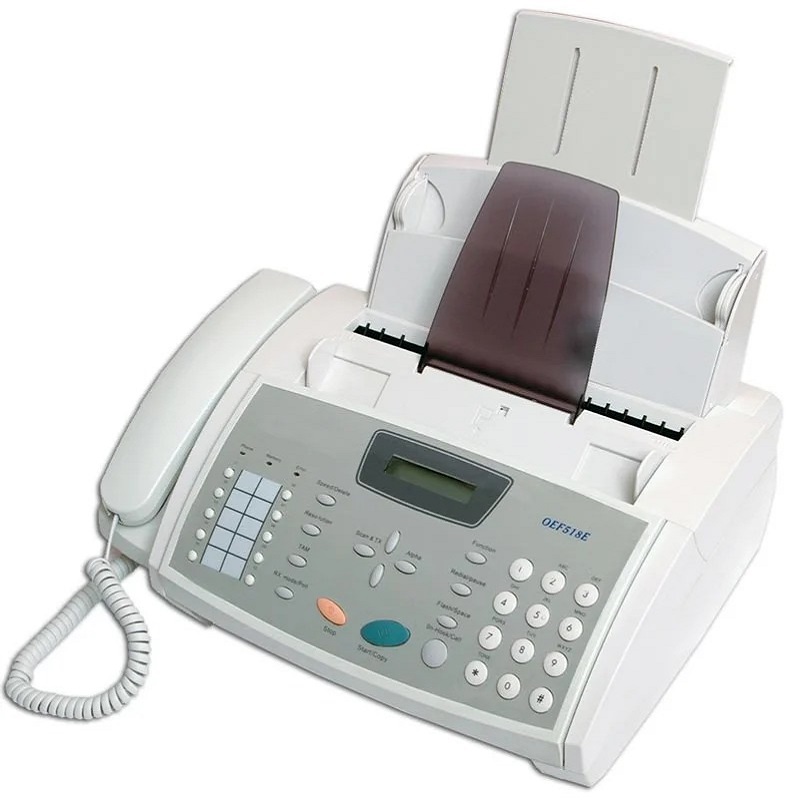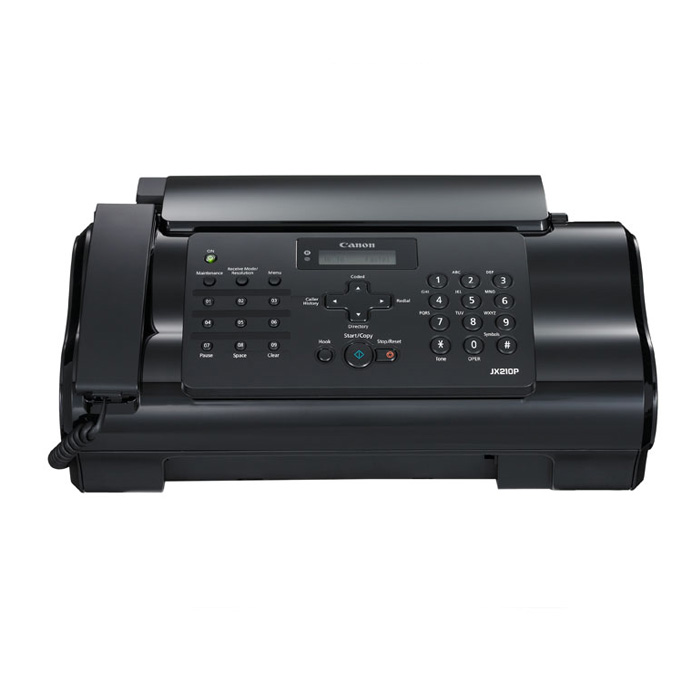How fax machine works? The fax machine has been a staple in offices and businesses for decades, allowing for the quick and easy transmission of documents and images. While its popularity has diminish in recent years with the rise of digital communication methods, the fax machine still plays a crucial role in many industries. In this article, we will delve into the workings of a fax machine, exploring how it sends and receives documents and images over telephone lines.
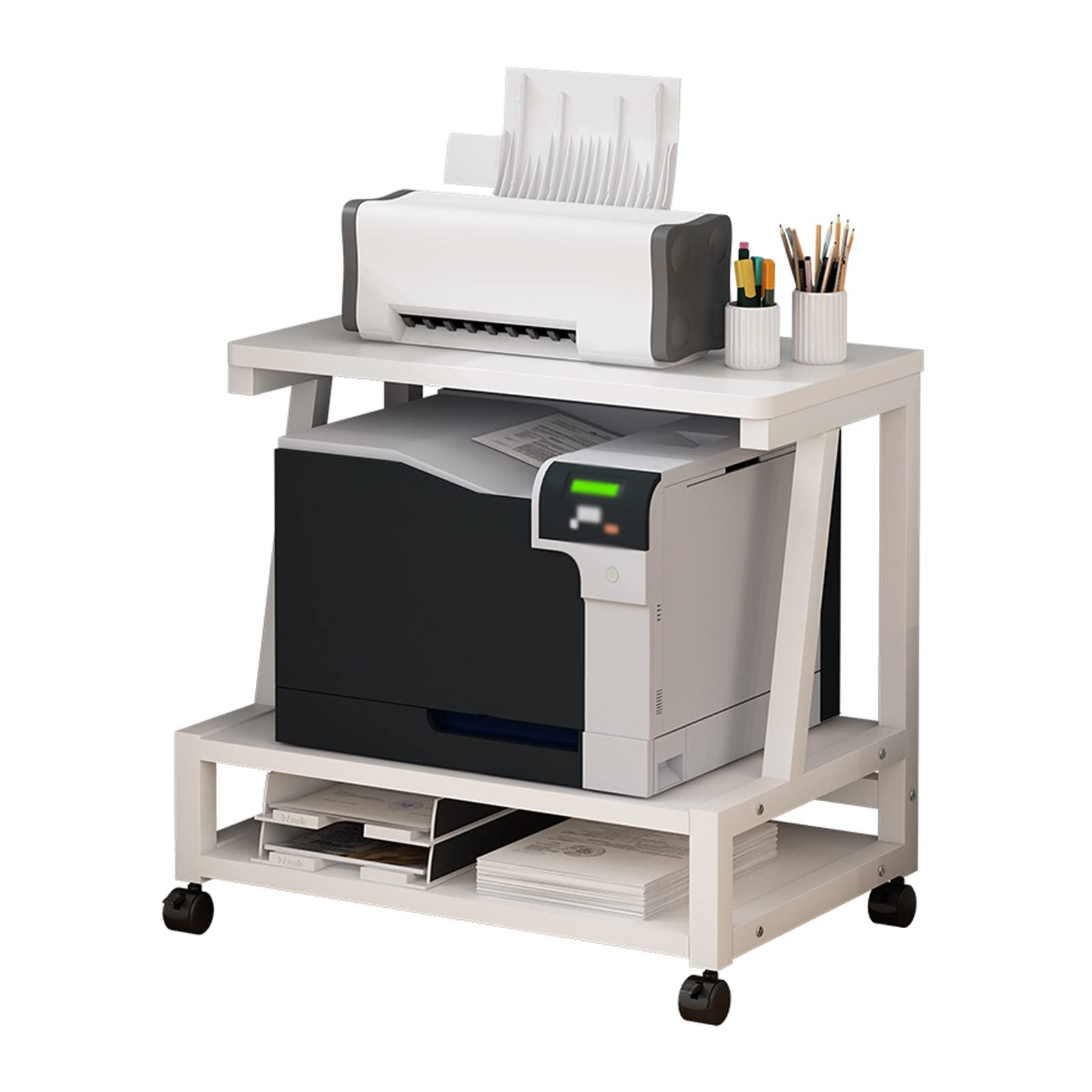
History of the Fax Machine
Before we delve into the technical aspects of how a fax machine works, it is important to understand its origins. The concept of fax communication can be trace back to the 19th century, with the invention of the telefax. This early precursor to the modern fax machine use telegraph lines to transmit images over long distances. However, it wasn’t until the 1960s and 1970s that the fax machine as we know it today began to emerge.
In the 1970s, the first commercial fax machines were introduce, revolutionizing the way businesses communicate and share documents. These early machines use analog technology to scan and transmit images over telephone lines, paving the way for the widespread adoption of fax communication.
The Basic Components of a Fax Machine
A fax machine consists of several key components that work together to send and receive documents and images. These components include:
- Scanner: The scanner is the part of the fax machine that digitizes documents and images, converting them into a format that can be transmit over telephone lines.
- Modem: The modem is responsible for converting the digitized document or image into audio signals that can be transmit over a telephone line.
- Telephone Line: The telephone line serves as the medium through which the fax machine sends and receives data.
- Printer: The printer is responsible for receiving and printing incoming fax transmissions, allowing recipients to view a physical copy of the sent document or image.
How a Fax Machine Sends a Document
The process of sending a document or image through a fax machine involves several steps, starting with the scanning of the document and ending with its transmission over a telephone line. Here’s a breakdown of the process:
- Document Scanning: The sender places the document or image onto the fax machine’s scanner bed and initiates the scanning process.
- Digital Conversion: The scanner digitizes the document or image, converting it into a digital format that can be transmit over a telephone line.
- Data Compression: The digitize document or image is compress to reduce its file size, allowing for faster transmission over the telephone line.
- Modulation: The modem modulates the compress data, converting it into audio signals that can be transmit over a telephone line.
- Transmission: The modulate signals are sent over the telephone line to the recipient’s fax machine.
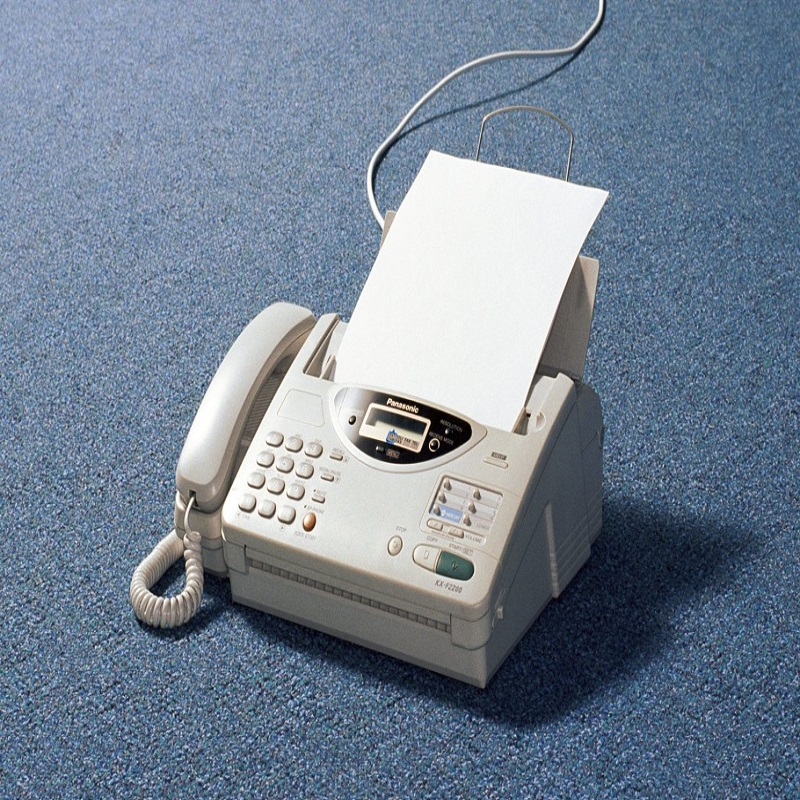
How a Fax Machine Receives a Document
On the receiving end, a fax machine goes through a similar process to decode and print out the incoming document or image. Here’s how it works:
- Signal Reception: The recipient’s fax machine receives the modulate signals sent over the telephone line.
- Demodulation: The modem in the recipient’s fax machine demodulates the receive signals, converting them back into digital data.
- Data Decompression: The receive data is decompress to restore the document or image to its original size and quality.
- Printing: The fax machine prints out the receive document or image, creating a physical copy for the recipient to review.
How to use fax machine works
A fax machine is a device that allows you to send and receive documents electronically over a phone line. While it may seem outdate in today’s world of email and digital communication, fax machines are still use in many industries and businesses.
Getting Starte
Before you can start using a fax machine, you will need to make sure you have all the necessary materials. This includes the fax machine itself, a phone line, the document you want to send, and the recipient’s fax number. You may also need access to a fax cover sheet, which includes important information such as the sender and recipient’s contact information, the number of pages being sent, and any additional notes.
Sending a Fax
To send a fax, begin by preparing the document you want to send. Make sure the pages are in the correct order and remove any staples or paper clips that could jam the machine. Next, place the document face down in the fax machine’s document feeder or on the glass scanning surface, depending on the machine’s design. If using a document feeder, make sure the pages are align properly to prevent skewe or incomplete transmissions.
Once the document is in place
Dial the recipient’s fax number using the fax machine’s keypad. Listen for the dial tone to ensure the phone line is functioning properly. After entering the recipient’s number, press the “Send” or “Start” button to initiate the fax transmission. You may also need to select the resolution and quality settings base on the type of document being sent.
After the fax is sent
Listen for a confirmation tone or message from the fax machine. This indicates that the transmission was successful and that the recipient’s machine has acknowledge the receipt of the document. If the transmission fails, check for any error messages on the fax machine’s display and try re-sending the document. It’s important to confirm the successful transmission with the recipient to ensure they have receive the fax.
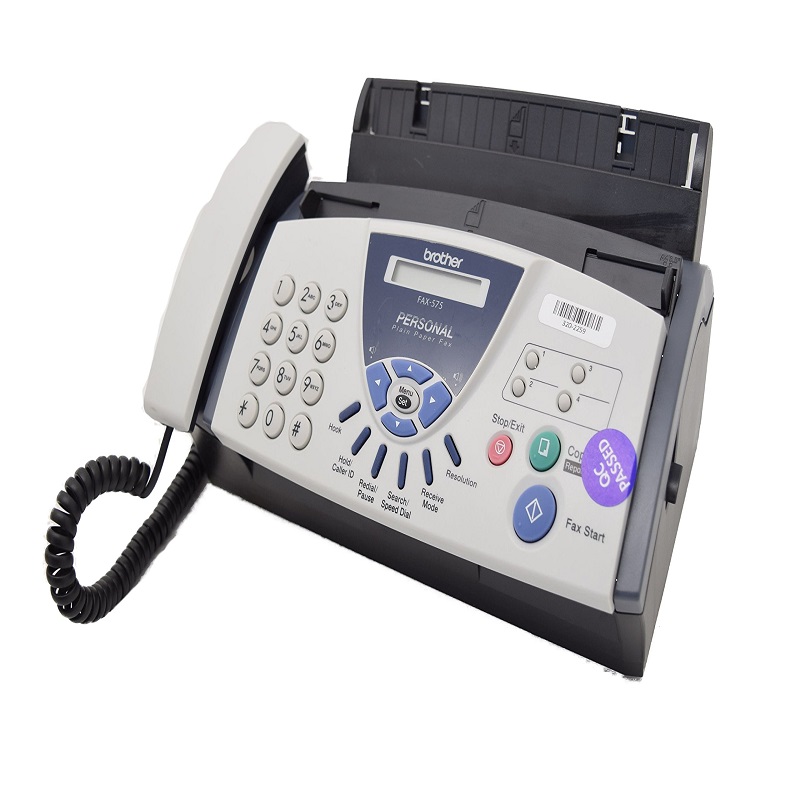
Receiving a Fax
To receive a fax, make sure the fax machine is properly connect to a phone line and turn on. The machine should be set to “Auto Answer” mode, which allows it to pick up incoming fax calls automatically. When a fax is incoming, the machine will emit a series of beeps and begin printing the receive document. It’s important to make sure there is enough paper in the machine’s paper tray to prevent the fax from being cut off prematurely.
After the fax is receive, confirm that the document is complete and legible. If the fax was sent with a cover page, be sure to read any include instructions or notes. Once the fax has been successfully received, you can file or process the document as need. It’s a good practice to send a confirmation to the sender, especially if the fax was sent without a confirmation page.
Additional Tips and Considerations
When using a fax machine, there are a few additional considerations to keep in mind. Firstly, be mindful of the cost associate with faxing. Especially if you are sending international faxes or using a dedicate phone line. Consider using an online fax service if you need to send faxes frequently. Or if you are looking for a more cost-effective solution.
Additionally, it’s important to maintain the proper etiquette when sending faxes. Always include a cover page with your contact information. And a brief message explaining the purpose of the fax. Be respectful of the recipient’s time and privacy. And avoid sending unnecessary or unsolicite faxes.

Conclusion
While the fax machine may seem like a relic of the past in today’s digital age. It still serves as a vital tool for many businesses and industries. Understanding how a fax machine works can shed light on the complexity of its operations. And the crucial role it plays in facilitating document and image transmission. Whether it’s for legal, medical. Or other professional purposes. The fax machine continues to be an essential communication tool in many sectors.





